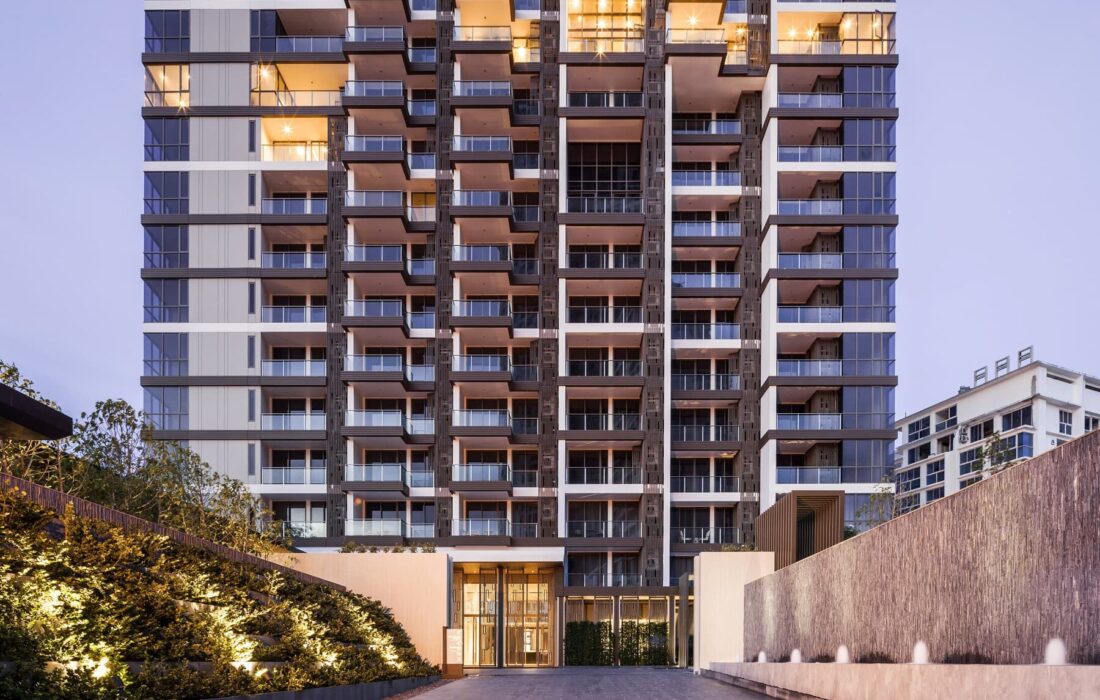The building that you are sat in, as you read this article, began as an architectural design. Before it could be actualised as bricks and mortar, it was lines on a page with scribbled notes detailing each and every aspect of what it would take to bring the project to life. Each and every step of the project is initially thought out and put to paper in order to account for safety and the everyday comforts that a property should provide – this process is called flow.
In this article, we’re going to explore architectural design in greater depth, including all of the steps involved with conceptualising buildings and preparing them for physical construction. If you are interested in learning more about what an architectural designer does, then this is the article for you.
What is architectural design?
Architectural design refers to the discipline that focuses on outlining and accommodating all of the needs and demands necessary to improve human life through interaction with spaces – and buildings in general – using a variety of tools, including a high level of creativity. Ultimately, it is the art of planning structures with the function and aesthetics in mind.
What does the architectural design process involve?
The architectural design process involves a number of different steps and each one is crucial when bringing together the overall aesthetic, feel, and safety of a project. These steps are as follows:
- Schematic design: The initial step in the architectural design process is the schematic design. A schematic design refers to the step in which an architect will gather all of the information necessary regarding the needs, style, and desires for the project. Following that, the designer will then put together two or three initial design options for the client to review and feedback.
- Design development: Next is the design development stage. During this stage an architect will then take the schematic designs and further develop them into a design concept for the client to approve. Any specific changes that the client would like to make will then be communicated during this stage and filtered into the next draft.
- Construction documents: Following the above step, construction documents are passed to a contractor. The architect will have put together a number of drawings with a significant amount of detail for the contractor to follow.
- Bidding: Bidding runs alongside the construction documents aspect and refers to the step when the architect or client seeks out a contractor to take care of their project. The job is bid to a contractor/s with the bid documents that detail the project essentials – including the construction documents and technical specifications.
- Construction: Once you have finally settled on a contractor that you trust and feel comfortable working with, and you have settled on a design that fits your taste and requirements for the project, the construction will commence. An architect will remain in touch with the chosen contractor throughout the entire construction phase to ensure that everything is being built according to the final specifications.
Why is architectural design so important?
Why is architectural design such an important process? The primary reason is because it focuses heavily on the functionality and aesthetics of a project. Each single design detail is intended to make a practical difference in the everyday life of those who are going to be occupying and utilising the space. Of course, functionality is crucial in space – we want to interact with our surroundings in a safe, enjoyable and ergonomically desirable way. The functionality is intended with each square inch being put to good use. Similarly, when it comes to the look and feel of a project, you want the space to meet your vision and ultimately represent the most ideal environment for you or others to occupy. These two critical aspects of making your space a reality is precisely why architectural design is so important; when executed consciously, incredible things happen.
Another reason why architectural design is so important because it allows other parties involved to contribute their expertise to a finished product. When a contractor receives the construction documents, they can offer feedback regarding the viability of the project. Similarly, the client can be more involved in the process of bringing their investment and vision to life. Once everyone is suitable satisfied, a final draft is completed and then the project will commence, safely and accurately with all things considered.
Conclusion
To summarise:
- Architectural design refers to the art of planning structures with the function and aesthetics in mind.
- The process involves: schematic design, design development, construction documents, bidding, and finalising for construction.
- Conscious and considered architecture allows for infinite variations of purpose built spaces that engage, interact and include the user, amongst others.
If you have big plans for a build and you want your innovative ideas brought to life, consulting an architectural design firm is simply an essential first step in the process.
